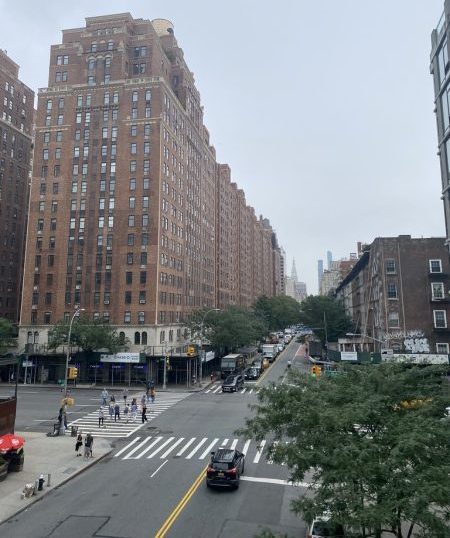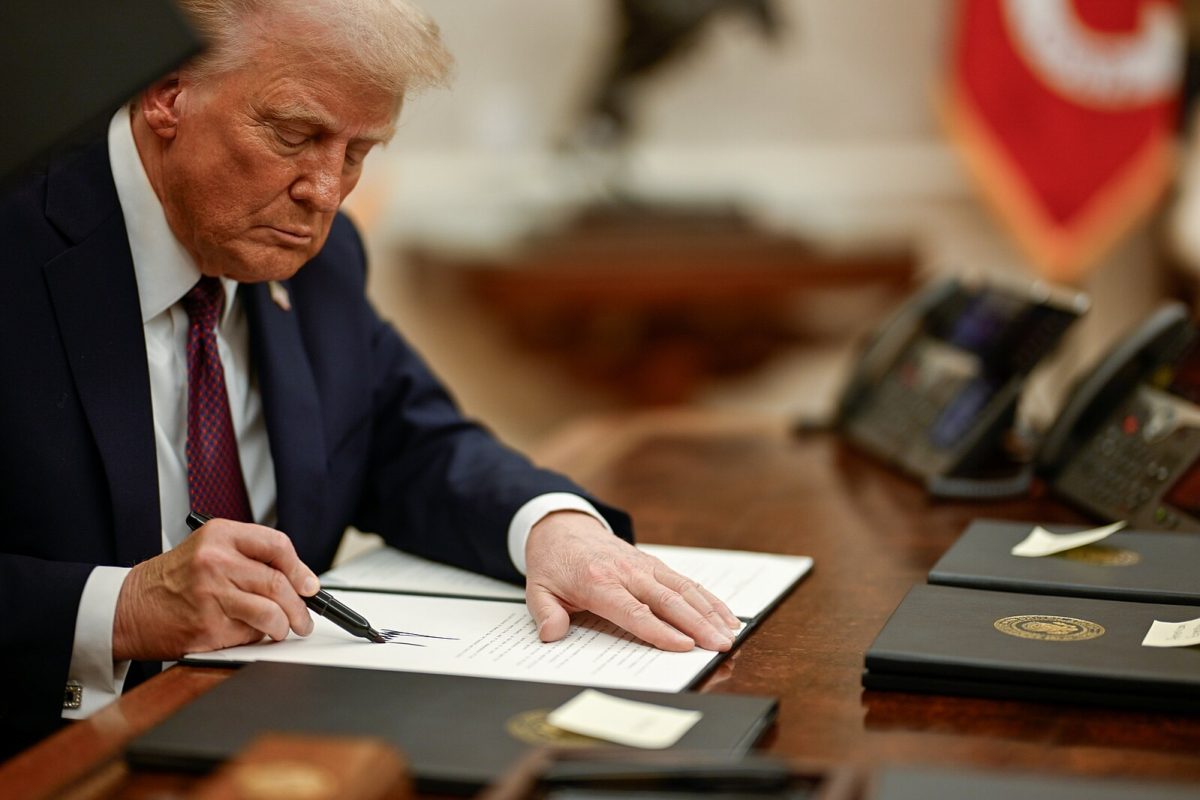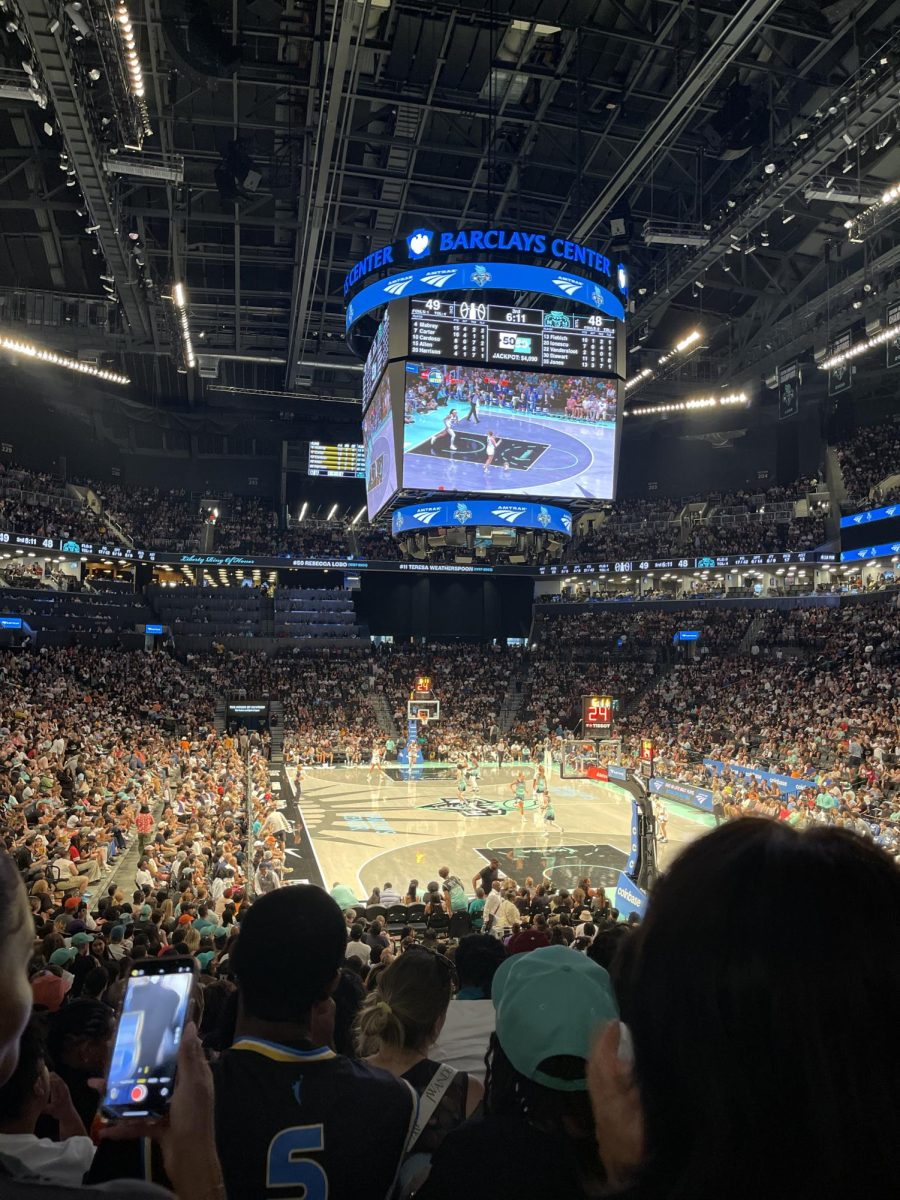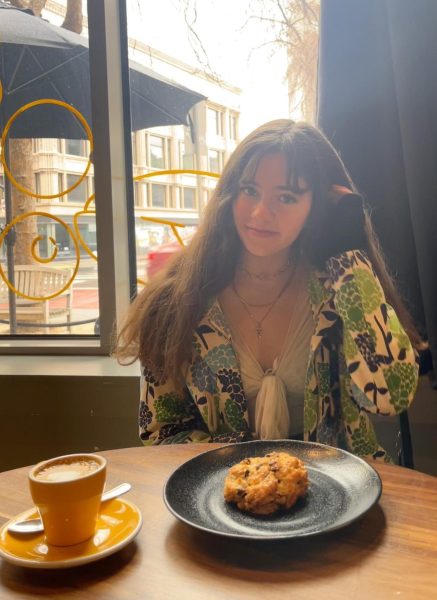A walkable city is defined as a community in which it is easy and safe to walk to goods and services (i.e., grocery stores, health clinics, etc). Living in a walkable city allows residents easy access to healthy food and immediate medical care. It also improves quality of life by increasing exercise opportunities and decreasing air pollution by cutting down vehicular exhaust fumes.
America, however, is not built for the pedestrian. In fact, since the industrial revolution, the U.S. government has developed infrastructure that segregates non-white Americans into lower class housing and prioritized vehicles over individuals. Furthermore, long stretches of roadway, frequently without sidewalks, between supermarkets, hospitals, and post offices, required residents to travel by car to do basic errands. Aside from lowering the amount of physical activity residents perform daily, these city designs produce large food deserts and high poverty levels as people spend more and more money on gas to accomplish everyday activities.
Not to mention, food deserts disproportionately affect lower income neighborhoods and people of color. This setup is no coincidence, in the late 1950s, America’s freeway system designed to divide upper class white people from lower class nonwhite people. Redlining, a common practice in the United States, occurs when the government puts goods and services out of reach in certain neighborhoods based on the inhabitants’ race and ethnicity. Essentially, freeways would be built right down the middle of a city to divide one side from the other, separating access to basic necessities, like markets with fresh and healthy food, to whole swaths of people living within the city.
Much of the damage done during the establishment of America’s car driven infrastructure was never solved. Dan Scorse, the Vice President of Operations for the Hudson Yards Hell’s Kitchen Alliance (HYHK), a non-profit Business Improvement District (BID) in New York City, provided some insight on this issue. HYHK works to plan streetscape improvements, like planting trees, supplemental sanitation services, and neighborhood horticulture projects.
Scorse defines urban planning as “the framework and planning of deciding what goes where within a given neighborhood.” He notes that streets, parks, train stations, bus stops, housing, and commercial developments are all elements of urban planning. The location of infrastructure, like public transportation and its proximity to housing districts, is key to the restructuring unwalkable cities. Business Improvement Districts like HYHK, help governments across the entirety of the United States design city layouts to best support the city’s local economy and residents. For example, placing train stations and bus stops in primarily black neighborhoods helps to reduce dependency on vehicles and mend the damage of divisional freeways and the effects of redlining.
Another one of the more overlooked aspects of walkability is the arrangement of trees and deforestation within a community. Scorse explained that when HYHK gets involved in the actual building of districts, rather than the planning, one of the tasks they undertake is the planting of trees. The unpleasantries of unprotected sidewalks are prominent: direct exposure to natural elements like sun, wind, and rain make for, in the harshest of conditions, dangerous landscapes for walking. According to a 2016 study executed by Ian Leahy and Yearna Serkez from the New York Times, Americans who make an annual salary of upwards of $60,000 per year have 50 percent more greenery and trees in their neighborhoods than in communities where the average salary range lies between $0 and $60,000 yearly.
Greenery like this, lowers the quantity of air pollutants in the atmosphere by absorbing carbon dioxide and other gaseous hazards through pores on their leaves. One of the major widespread causes of death in the United States is unclean air. According to a study by the U.S. News and World Report, over 100,000 Americans die each year due to illnesses caused by air pollution. So not only do poorer neighborhoods not have shade to walk beneath, they also have soaring health risks due to the ubiquity of contaminated air.
Although it may not seem like it, there is still hope for America’s walkability. The city of Alameda is a prime example of the possibility for restructuring. They have reduced speed limits, which encourages safer driving, reconfigured streets to make space for bike lanes, and built curb extensions to expand visibility, ensuring the safety of pedestrians.
As Alameda’s government continues to refurbish streets and enhance safety for foot traffic, they pave the way for the national restoration that the United States must undergo. If America is to undo the damage of the past century, governments must work as a collective to create sidewalks, plant trees, and uplift the walker. While architecture may be a costly endeavor, the impacts of walkability will last for decades to come.








